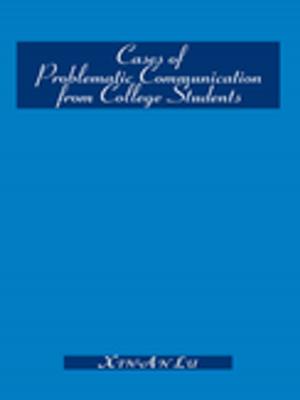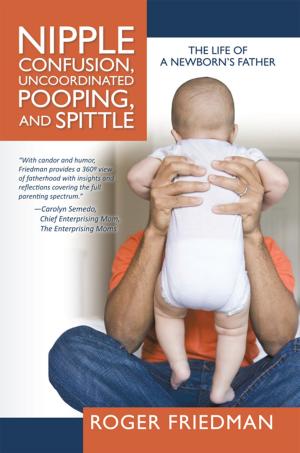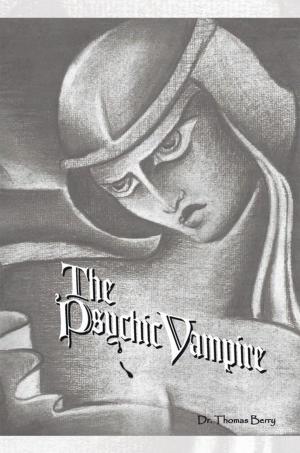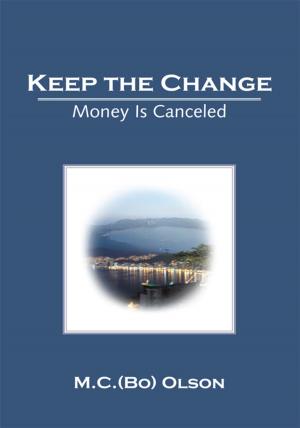Restoration Run Amuck
Legalism in the Church of Christ
Nonfiction, Religion & Spirituality, Inspiration & Meditation, Spirituality| Author: | William T. Chance | ISBN: | 9781469745060 |
| Publisher: | iUniverse | Publication: | January 31, 2012 |
| Imprint: | iUniverse | Language: | English |
| Author: | William T. Chance |
| ISBN: | 9781469745060 |
| Publisher: | iUniverse |
| Publication: | January 31, 2012 |
| Imprint: | iUniverse |
| Language: | English |
John chapter seventeen records Jesus prayer for unity among his followers, which did not appear to be answered in the affirmative. In the eighteenth century a movement began in the eastern United States to address the obvious division of Christendom. This Restoration Movement was inclusive, inviting people to leave Christian denominations and return to the Bible alone for spiritual guidance. Thus, speak where the Bible speaks and be silent where the Bible is silent became their mantra.
In 1801 this movement kindled a large revival centered at the Cane Ridge Meeting House (cover of book) near Paris, Kentucky. Churches birthed by this movement grew and spread rapidly to both the frontier and the cities. However, within fifty years, conflict and division began to arise in these churches as some became more sectarian and others more legalistic, resulting in three primary groups: the Disciples of Christ, the Independent Christian Church, and the Church of Christ. Of these groups, the Church of Christ was the most conservative, with many congregations taking silence of the Scriptures as prohibitive of everything not written in the two thousand-year old text, resulting in more conflict and division.
Thus, the Restoration Movement had run amuck, becoming mired in its own swamp of legalism. This book seeks to identify what went wrong, and what changes in attitude, behavior, and conversation are necessary to get the unity train back on its track.
John chapter seventeen records Jesus prayer for unity among his followers, which did not appear to be answered in the affirmative. In the eighteenth century a movement began in the eastern United States to address the obvious division of Christendom. This Restoration Movement was inclusive, inviting people to leave Christian denominations and return to the Bible alone for spiritual guidance. Thus, speak where the Bible speaks and be silent where the Bible is silent became their mantra.
In 1801 this movement kindled a large revival centered at the Cane Ridge Meeting House (cover of book) near Paris, Kentucky. Churches birthed by this movement grew and spread rapidly to both the frontier and the cities. However, within fifty years, conflict and division began to arise in these churches as some became more sectarian and others more legalistic, resulting in three primary groups: the Disciples of Christ, the Independent Christian Church, and the Church of Christ. Of these groups, the Church of Christ was the most conservative, with many congregations taking silence of the Scriptures as prohibitive of everything not written in the two thousand-year old text, resulting in more conflict and division.
Thus, the Restoration Movement had run amuck, becoming mired in its own swamp of legalism. This book seeks to identify what went wrong, and what changes in attitude, behavior, and conversation are necessary to get the unity train back on its track.















